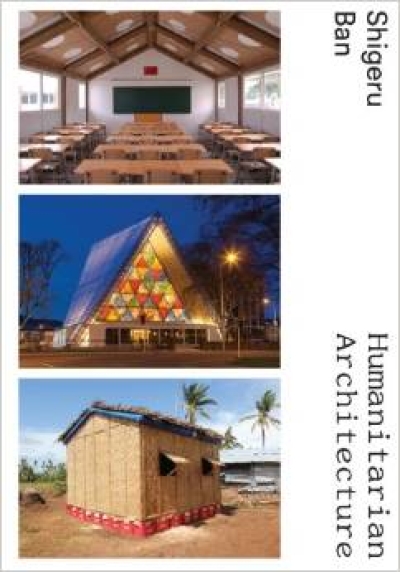
Shigeru Ban. Humanitarian Architecture
In 1994, after seeing photographs of the plastic sheets given to Rwandan refugees to live under, Shigeru Ban went to the United Nations High Commissioner for Refugees to propose ideas for better shelters. Since then, Ban has been critically heralded for his innovative approaches to environmentally sound architecture and his devotion to humanitarian efforts in the wake of some of the most devastating natural and man-made disasters. His temporary housing has employed everything from plastic beer cartons to paper tubes to create ingeniously flexible spaces. By sourcing unconventional, recycled, inexpensive, local and sustainable materials, he stimulates devastated economies by involving local resources and labor. These works stem from empathy and have restored shelter and gathering places, offering comfort, protection and dignity to stricken communities around the world. This important volume is the first book-length study to collect, catalogue and examine these works. Essays and discussions of individual projects, drawings in the artist's hand, instruction manuals, diverse photographs and a timeline and map make an essential compendium for the most personal and relevant aspect of Ban's work. The book is a major contribution to the broad subjects of humanitarian relief and sustainable design solutions, and provides an inspiring testament to Ban's ongoing dedication to our planet and its people.
Born in Tokyo in 1957, Shigeru Ban studied at the Southern California Institute of Architecture and went on to Cooper Union's School of Architecture where he studied under John Hejduk. At age 48, Ban won the 2005 Thomas Jefferson Medal in Architecture from the University of Virginia. He was profiled by Time in their projection of twenty-first-century innovators in the field of architecture and design. Ban was awarded the Pritzker Architecture Prize in 2014.











